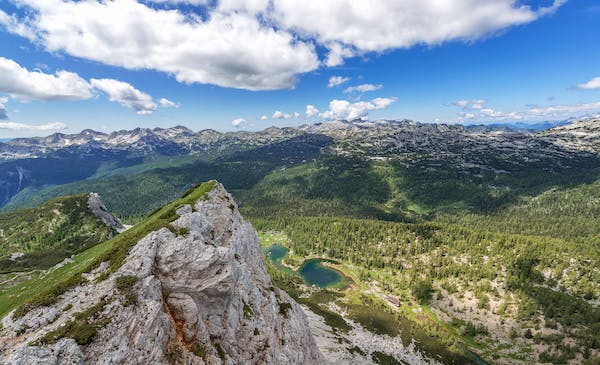Protecting several critical geographic features including the central portion of the Kobuk River, the 25-square-mile Great Kobuk Sand Dunes, and the Little Kobuk and Hunt River dunes, Kobuk Valley National Park is in the Arctic region of north-western Alaska, located about 25 miles north of the Arctic Circle.
The sands produced of the grinding of ancient glaciers have been carried to the Kobuk Valley through the water, and the wind and much of the valley’s southern portion is now covered with dunes where they are naturally stabilized by vegetation. Sands also compose river bluffs that stand as high as 150 feet and hold Ice Age mammal fossils.
Almost half a million caribou migrate each year through the park heading north at springtime and south when fall. They traverse the 25 square miles of the Great Kobuk Sand Dunes. On the north is the Kobuk River winding roughly 61 miles through the park and a path for wildlife and people.
The park is more than 75 miles by river to the Chukchi Sea and the center of the vast ecosystem between Selawik National Wildlife Refuge and the Noatak National Preserve. About 81, 000 acres of the land in the park is owned by native corporations and the State of Alaska.
There are three sets of dune fields at Kobuk River south, namely the Great Kobuk Sand Dunes, Little Kobuk Sand Dunes, and the Hunt River Dunes. They are remnants of dune fields that covered about 200,000 acres immediately after the retreat of Pleistocene glaciation. They are outcomes of glaciers outwash deposits and strong winds. But now, it is mostly covered with tundra and forests.
At present, about 20, 500 acres are covered by the active dune fields. The largest dynamic Arctic dune field in North America is comprised of the Great Kobuk Sand Dunes.
History of the Park
Human settlement in the park is believed to have started at around 12,500 years back with the people of the Paleo-Arctic Tradition as the first inhabitants. They hunted caribou at Onion Portage. The region was deserted for almost 2000 years until the Archaic tradition people appeared from the east and south valleys. A quick settlement of the people of the Arctic Small Tool tradition arrived in the area around 4000 years ago but departed at 1500 and 1000 years ago. There were inhabitants in the valley until the 19th century, but when the caribou population declined, and people moved closer to the coast.
Meanwhile, in 1961, archaeologist J. Louis Giddings found what has been called the most important archaeological site in the Arctic and found evidence of flint-working technology representing some eight different cultures.
On December 1, 1978, President Jimmy Carter first declared the area as a national monument using his authority under the Antiquities Act when Congressional negotiations on the proposed the Alaska National Interest Lands Conservation Act (ANILCA) bill were delayed. In 1980, ANILCA was passed signed by Carter on December 2, 1980, and making Kobuk Valley a national park.
Activities at the Park
- Camping
Being far from civilization, roads and trails, make excellent and unique camping to the wilderness experience at the Kobuk Valley National Park. A backcountry camping offers the best views in the park, such as seeing the caribou, grizzly bears, moose, and bald eagles.
Other options for the campers include the hike through the tundra, climb to the Baird Mountain peaks, or walk across the sand at the Great Kobuk Sand Dunes.
- Floating
Visitors may enjoy the park through floating the Kobuk River because out the 350 river miles, 61 passes through the park. Kayaks and collapsible canoes work well in slow waters, and small rafts can also be an option.
The river’s barely detectable current appears like a lake in places where it is exceptionally broad. Visitors can either have a motor trip or a paddle from Ambler’s little settlement on the east side of the park and ends in Kiana, a village outside the park’s western boundary.
- Photography at Kobuk Dunes
These sandy mounds cover 25 square miles with their shifting sands that stretch for 25 square miles south of Alaska’s Kobuk River. During summer, this barren landscape can reach 100 degrees Fahrenheit. These active rolling hills of yellow and beige believed to have existed more than 24, 000 years ago.
How to get to Kobuk Valley National Park
Since there is no access road to the park, visitors charter an air taxi from the two nearest communities: Kotzebue and Bettles. Among the authorized air taxis to fly in the park are Kotzebue on Alaska Airlines, Ravn Alaska, and (seasonally) Delta and Warbelow’s or Wright Air from Fairbanks to get to Bettles.
If you are an independent traveler, you don’t need a permit, and from nearby communities of Kobuk such as Shungnak or Ambler, you can paddle in on the Kobuk River.

